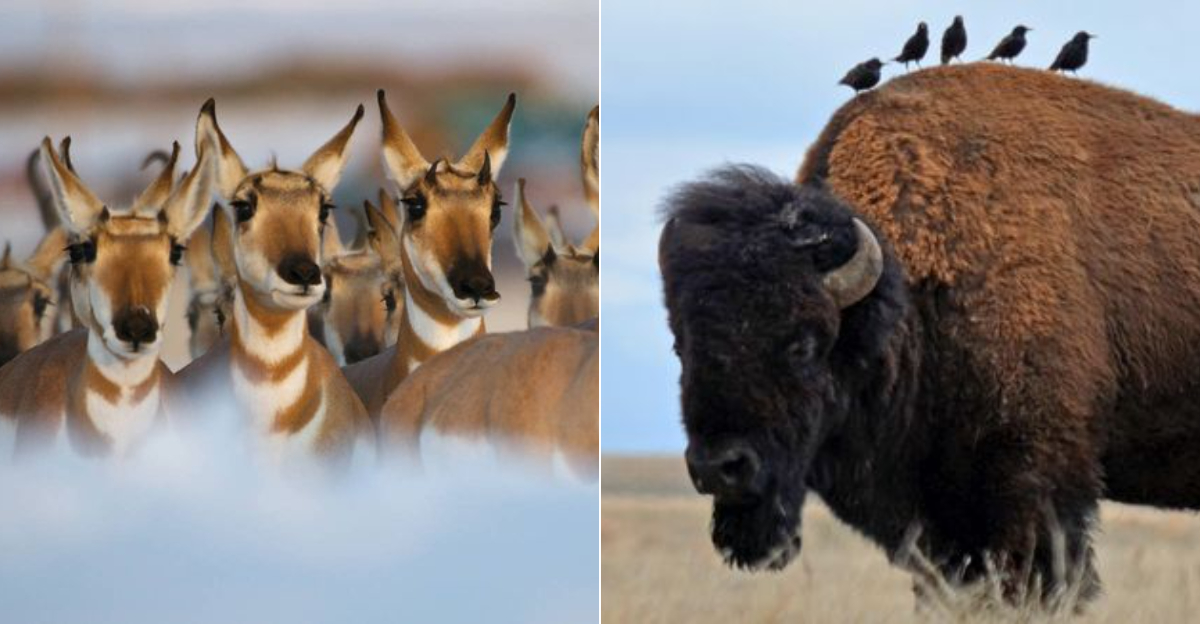Last summer, I watched in awe as a gray wolf gracefully crossed a meadow in Yellowstone, a reminder of one of America’s most remarkable conservation successes.
National parks are not just breathtaking landscapes but are also vital havens where wildlife, once on the edge of extinction, is making a stunning comeback.
Thanks to reintroduction efforts, species that were nearly wiped out by hunting, habitat destruction, and human development are getting a second shot at survival.
1. Gray Wolves: Yellowstone National Park
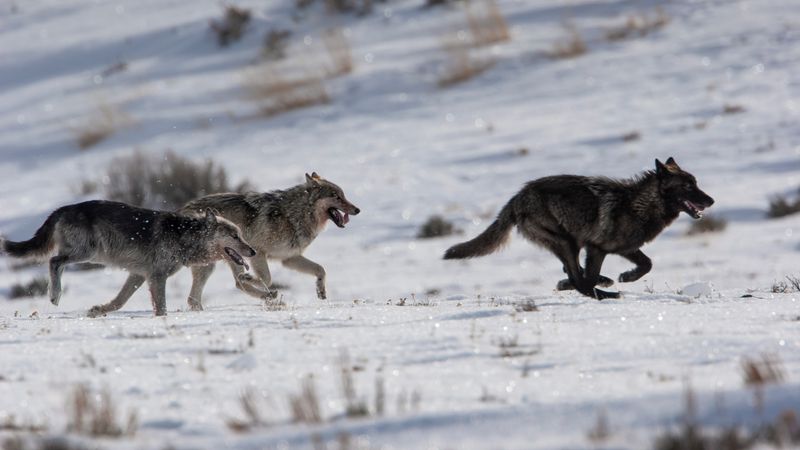
Howling their way back from extinction, gray wolves returned to Yellowstone in 1995 after a 70-year absence. Just 41 wolves kickstarted a remarkable ecological transformation that scientists call a trophic cascade.
Their presence changed everything: elk stopped overgrazing riverside vegetation, beaver populations exploded as willows returned, and even river patterns shifted. Talk about punching above your weight class!
Controversial at first among local ranchers, the wolf reintroduction has become a conservation gold standard and tourism boon. Visitors now rise before dawn for a chance to spot these apex predators roaming their ancestral hunting grounds.
2. California Condors: Pinnacles National Park
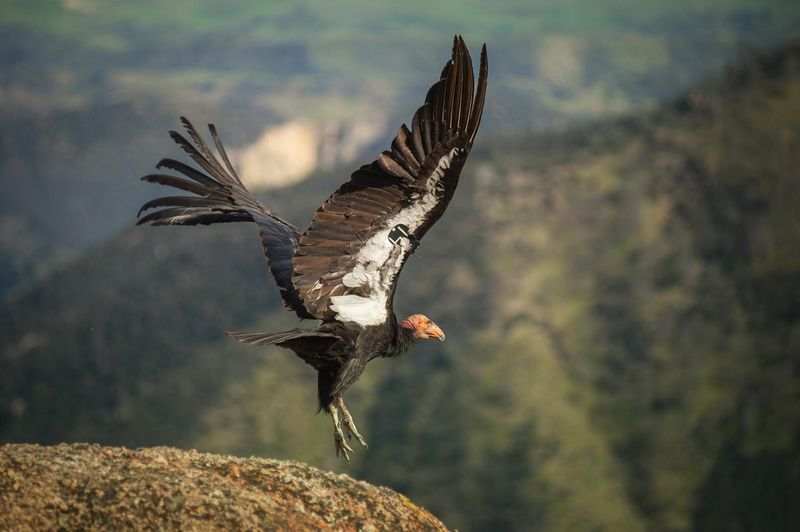
Sporting a nine-foot wingspan and faces only a mother could love, California condors nearly vanished forever. By 1987, only 22 remained in the world, prompting scientists to capture every last bird for an emergency breeding program.
Pinnacles National Park welcomed these magnificent scavengers back starting in 2003. The prehistoric-looking birds now soar over the park’s dramatic rock formations, cleaning up the landscape one carcass at a time.
Biologists still battle lead poisoning from ammunition in the carrion condors eat. Each released bird wears wing tags and transmitters, turning these comeback kids into flying science projects that visitors can help monitor.
3. Bison: Wind Cave And Glacier National Parks
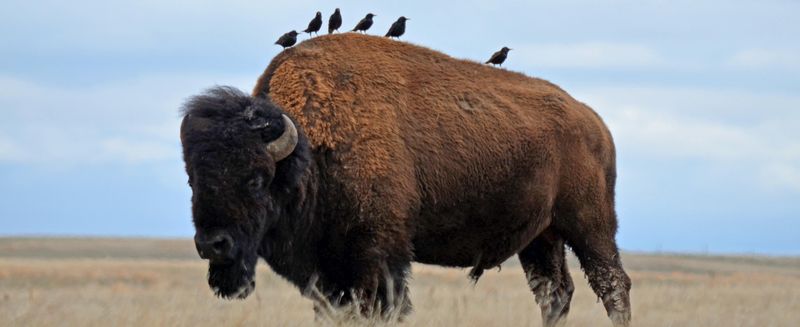
From 60 million to fewer than 1,000—bison’s collapse ranks among history’s most dramatic wildlife disasters. These woolly and huge creatures once thundered across North America before being hunted to near-extinction for sport and politics.
Wind Cave and Glacier National Parks now protect genetically pure bison herds. Watching these one-ton tanks roll through prairie grass or plow through snowdrifts reveals their perfect adaptation to America’s harshest environments.
Fun fact: Despite their bulk, bison can sprint faster than Olympic champion Usain Bolt! Park visitors admire them from safe distances, respecting the surprising agility and unpredictability of these gentle-looking giants that shaped Native American cultures for millennia.
4. Elk: The Great Smoky Mountains National Park
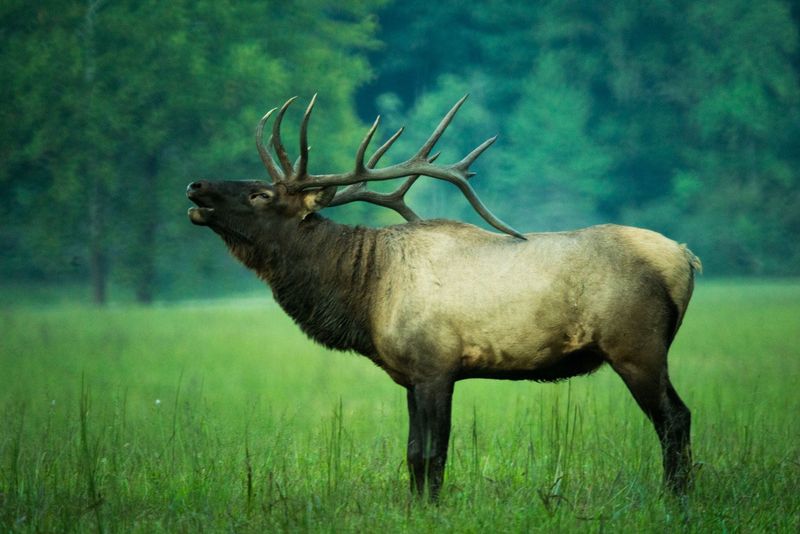
Bugling echoes through mountain valleys once again as elk reclaim their Appalachian homeland. Hunted out of the region by the 1800s, these majestic creatures made their Great Smoky Mountains comeback in 2001 when 25 animals were released.
Cataloochee Valley now hosts over 200 elk, drawing wildlife photographers and bugling enthusiasts each fall. The autumn rut transforms mild-mannered bulls into hormonal challengers, clashing antlers while cows pretend not to notice the dramatics.
Rangers battle “elk jams” as visitors clog roads for glimpses of the charismatic megafauna. The reintroduction success story proves eastern forests still hold enough habitat for these magnificent browsers despite centuries of logging and development.
5. Black-Footed Ferrets: Badlands And Wind Cave National Parks
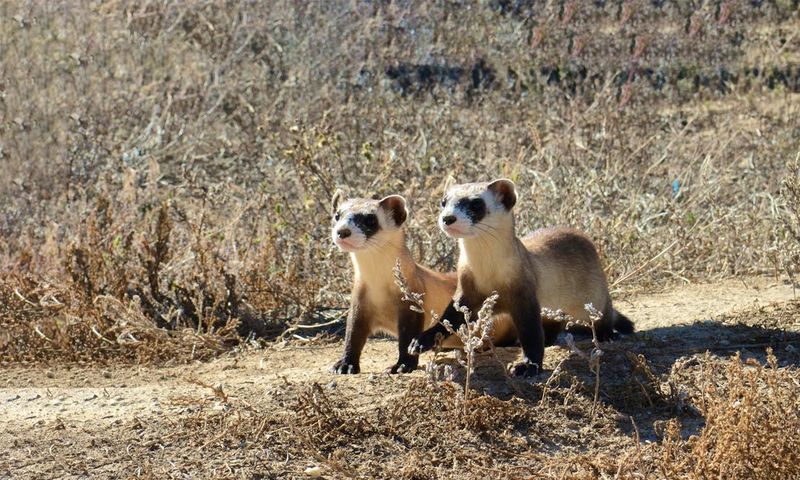
Once declared extinct, these masked bandits staged perhaps the most unlikely comeback in conservation history. A Wyoming rancher’s dog discovered the last wild population in 1981, setting off a frantic rescue mission.
Badlands and Wind Cave National Parks now host reintroduced colonies of North America’s only native ferret. Nocturnal and secretive, these prairie dog specialists spend 90% of their lives underground, making ranger-led spotlighting tours the best way to glimpse their ghostly forms.
Prairie dog towns provide both housing and dining options for the ferrets. Conservation teams still battle sylvatic plague that threatens both predator and prey in this delicate grassland ecosystem where one species literally can’t live without the other.
6. Pacific Fishers: Olympic National Park
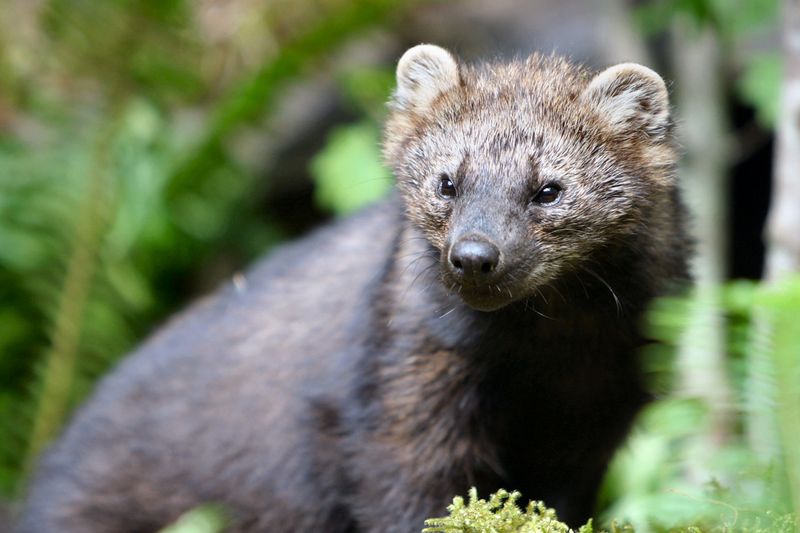
Never heard of fishers? You’re not alone! These cat-sized members of the weasel family vanished from Washington’s forests due to trapping and logging. Olympic National Park welcomed them back starting in 2008, releasing 90 Canadian-born fishers into ancient forests.
Masters of arboreal parkour, fishers can rotate their hind feet 180 degrees to climb down trees headfirst. They’re also among the few predators brave enough to tackle porcupines, flipping the spiny rodents to attack their unprotected bellies.
Monitoring shows the reintroduced population now reproducing successfully in the park’s moss-draped rainforests. Though rarely spotted by hikers, these forest phantoms play crucial roles controlling rodent populations and dispersing seeds throughout the ecosystem.
7. Desert Pupfish: Organ Pipe Cactus National Monument
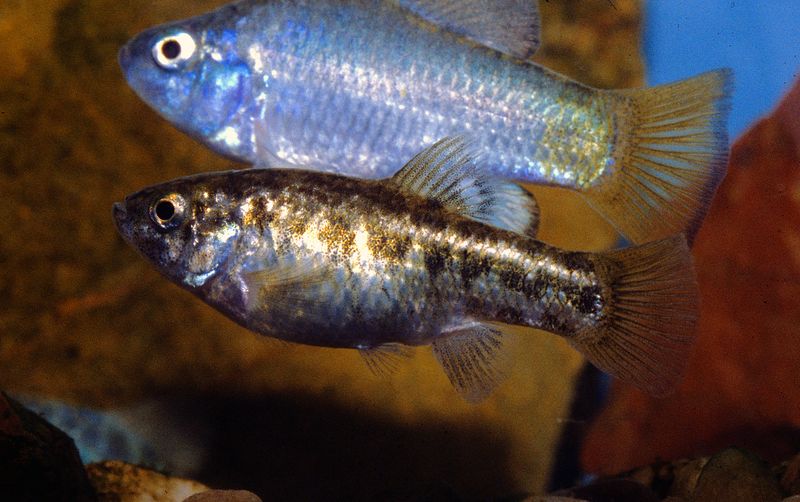
Smaller than your pinky finger but tougher than desert nails, pupfish survived in isolated desert pools since the last ice age. As groundwater pumping dried up their habitats, these aquatic oddballs faced extinction until conservationists stepped in.
Organ Pipe Cactus National Monument now protects reintroduced populations in carefully managed desert springs. These living fossils thrive in conditions that would kill most fish—waters ranging from nearly freezing to hot-tub temperatures with twice the saltiness of seawater!
Males turn brilliant blue during breeding season, battling for territory in their tiny aquatic kingdoms. Though easily overlooked amid the monument’s towering cacti, these inch-long fighters represent nature’s extraordinary adaptability in Earth’s harshest environments.
8. Bighorn Sheep: John Day Fossil Beds National Monument
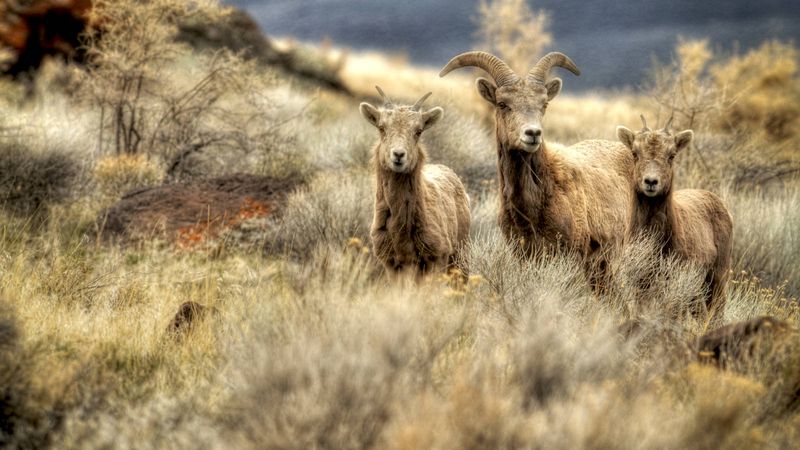
Gravity-defying stunts are just another Tuesday for bighorn sheep. These sure-footed mountaineers were eliminated from much of their range by hunting and diseases from domestic sheep before making comebacks in places like John Day Fossil Beds.
Males’ massive curved horns can weigh more than all the bones in their bodies combined! The thunderous crack of battling rams echoes through canyons during fall rut, when males smash heads at 20 mph without apparent brain damage.
Reintroduction efforts continue expanding their range across Western parks. Visitors lucky enough to spot bighorns scaling seemingly impossible cliffs witness living connections to the Pleistocene, when these nimble ungulates shared landscapes with now-extinct mammoths and saber-toothed cats.
9. Red Wolves: Alligator River National Wildlife Refuge
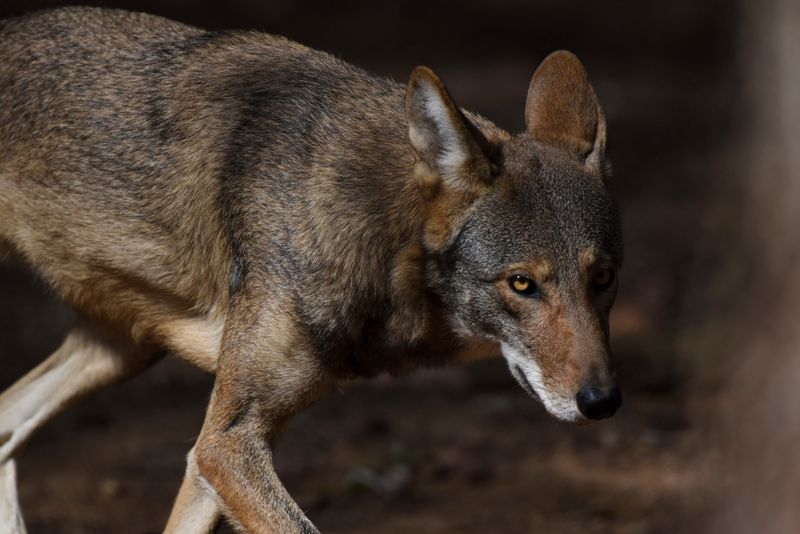
Caught in the shadow of their gray wolf cousins, red wolves became America’s most endangered canid. Smaller and more secretive than grays, these rusty-colored predators were down to just 14 animals by 1980.
Alligator River National Wildlife Refuge became their salvation ground in North Carolina. Ghosting through coastal forests and marshes, approximately 20 wild red wolves now hunt rabbits, rodents, and deer in this southeastern sanctuary.
Political battles and hybridization with coyotes continue threatening recovery efforts. Unlike the famous Yellowstone wolves, red wolves remain mysterious even to most wildlife enthusiasts, their howls rarely heard by human ears as they navigate the complex boundary between wilderness and civilization.
10. Pronghorn Antelope: Grand Teton National Park
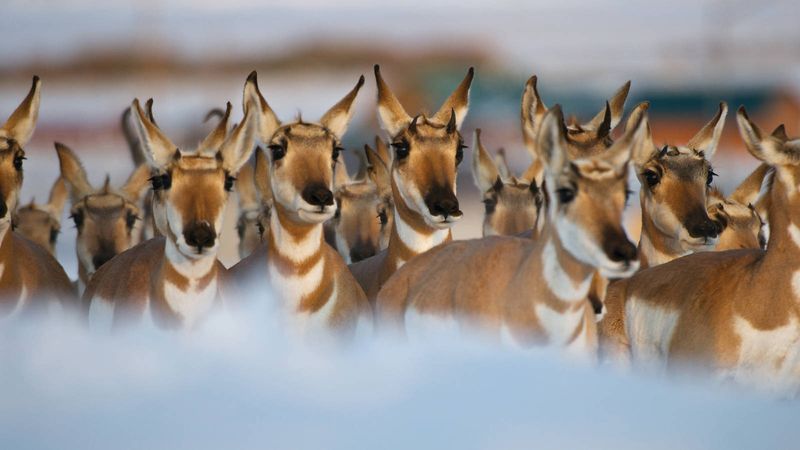
Evolution overkill? Pronghorns can sustain 35 mph for miles which is far faster than any predator in North America today. Scientists believe they evolved this Ferrari-like performance to escape American cheetahs and other speedy predators extinct for 10,000 years.
Grand Teton National Park’s reintroduced herds now migrate along ancient pathways through Wyoming’s sagebrush sea. Their 150-mile journey represents one of America’s last great ungulate migrations, though highways and development threaten these crucial corridors.
Not true antelopes despite their name, pronghorns belong to a unique North American family. Their enormous eyes can spot movement up to four miles away (equivalent to humans reading a newspaper from a mile distant) making them nearly impossible to surprise.
11. Peregrine Falcons: The Grand Canyon
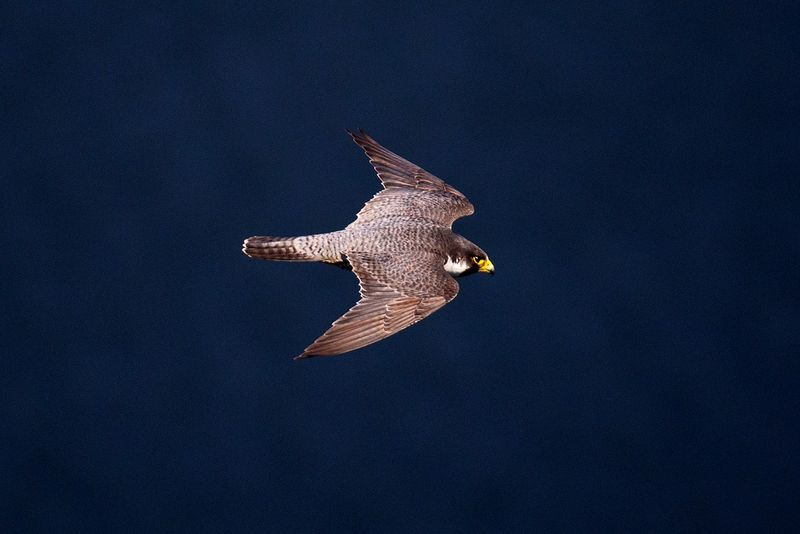
Plummeting from the sky at 240 mph, peregrine falcons strike prey with such force they need special nostrils to breathe during dives. These aerial assassins nearly disappeared when DDT thinned their eggshells until a groundbreaking captive breeding program saved them.
Grand Canyon’s towering cliffs now host recovered populations, offering perfect hunting perches above the Colorado River. The park’s thermals and abundant prey support these aviation marvels that can spot a pigeon from a mile away.
Their comeback represents an environmental success story spanning continents. Once critically endangered, peregrines have adapted surprisingly well to urban environments, nesting on skyscrapers and bridges where they feast on pigeons.
12. Whooping Cranes: The Necedah National Wildlife Refuge
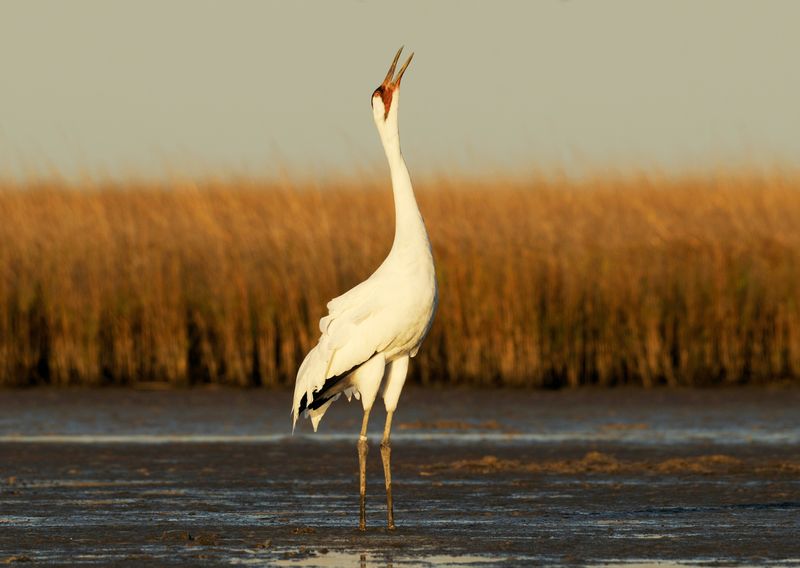
Standing five feet tall with snowy white plumage, whooping cranes perform elaborate courtship dances that would make professional ballerinas jealous. By 1941, hunting and wetland destruction left just 15 birds alive, all in one flock.
Necedah National Wildlife Refuge now hosts reintroduced birds taught to migrate by humans flying ultralight aircraft! Young cranes imprinted on costumed handlers who never spoke around them, ensuring the birds remained wild while learning their ancestral routes.
Their distinctive bugling calls (audible for miles) once again echo across restored wetlands. Though still endangered with fewer than 850 birds, their population increases yearly.
